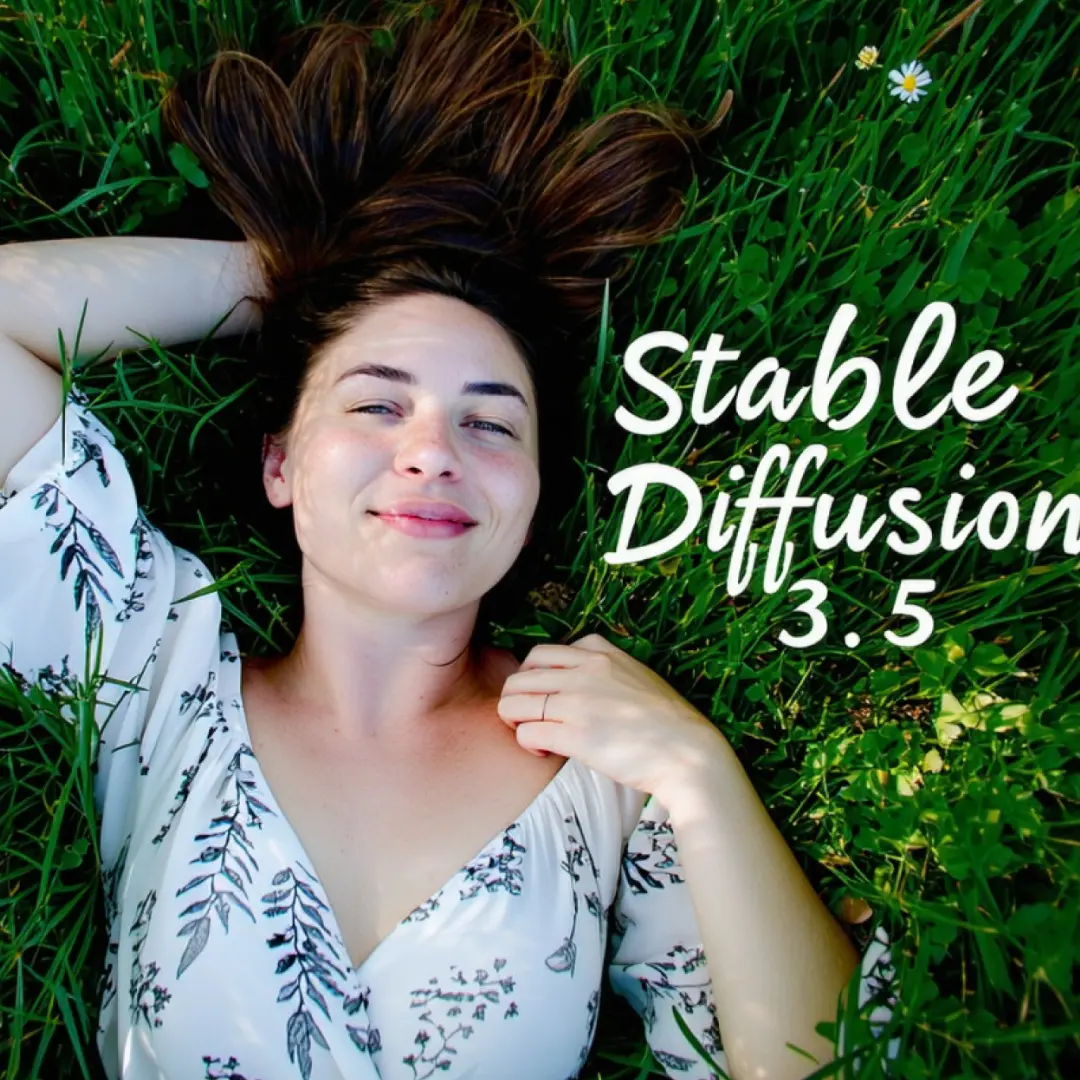ComfyUI Node: StreamingT2VRunShortStepSVD
StreamingT2VRunShortStepSVD
CategoryStreamingT2V
chaojie (Account age: 5118days) Extension
ComfyUI_StreamingT2V Latest Updated
2024-06-14 Github Stars
0.04K
How to Install ComfyUI_StreamingT2V
Install this extension via the ComfyUI Manager by searching for ComfyUI_StreamingT2V- 1. Click the Manager button in the main menu
- 2. Select Custom Nodes Manager button
- 3. Enter ComfyUI_StreamingT2V in the search bar
Visit ComfyUI Online for ready-to-use ComfyUI environment
- Free trial available
- 16GB VRAM to 80GB VRAM GPU machines
- 400+ preloaded models/nodes
- Freedom to upload custom models/nodes
- 200+ ready-to-run workflows
- 100% private workspace with up to 200GB storage
- Dedicated Support
StreamingT2VRunShortStepSVD Description
Generate short video clips from image and text prompts using SVD for AI artists to create dynamic video content easily.
StreamingT2VRunShortStepSVD:
The StreamingT2VRunShortStepSVD node is designed to generate short video clips from a given image and text prompt using a specified model. This node leverages Singular Value Decomposition (SVD) techniques to create visually appealing and coherent short videos. It is particularly useful for AI artists who want to transform static images into dynamic video content based on descriptive prompts. By providing a seed value, you can ensure reproducibility of the generated video, making it easier to fine-tune and experiment with different prompts and models. This node simplifies the process of video generation, making it accessible even to those without a deep technical background.
StreamingT2VRunShortStepSVD Input Parameters:
model
The model parameter specifies the I2V (Image-to-Video) model to be used for generating the short video. This model is responsible for interpreting the input image and prompt to create the video. The choice of model can significantly impact the style and quality of the generated video.
image
The image parameter is the input image from which the video will be generated. This image serves as the starting point for the video creation process. The image should be provided in a format that the model can process, typically as a tensor.
prompt
The prompt parameter is a text string that describes the desired content of the video. For example, "A cat running on the street". This prompt guides the model in generating the video content that aligns with the description. The default value is "A cat running on the street".
seed
The seed parameter is an integer value used to initialize the random number generator for the model. This ensures that the video generation process is reproducible. By using the same seed value, you can generate the same video output for a given image and prompt. The default value is 33.
StreamingT2VRunShortStepSVD Output Parameters:
short_video
The short_video parameter is the output of the node, which is a short video clip generated based on the input image and prompt. This video is represented as a tensor and can be further processed or saved as needed. The video captures the essence of the prompt and transforms the static image into a dynamic sequence.
StreamingT2VRunShortStepSVD Usage Tips:
- Ensure that the input image is of high quality and relevant to the prompt to achieve the best results.
- Experiment with different seed values to explore various video outputs and find the most visually appealing result.
- Use descriptive and detailed prompts to guide the model in generating more accurate and contextually rich videos.
StreamingT2VRunShortStepSVD Common Errors and Solutions:
"CUDA out of memory"
- Explanation: This error occurs when the GPU does not have enough memory to process the input image and generate the video.
- Solution: Reduce the size of the input image or use a model that requires less memory. Alternatively, try running the process on a machine with a more powerful GPU.
"Invalid image format"
- Explanation: This error occurs when the input image is not in a format that the model can process.
- Solution: Ensure that the input image is provided as a tensor and is in the correct format expected by the model.
"Model not found"
- Explanation: This error occurs when the specified model is not available or cannot be loaded.
- Solution: Verify that the model is correctly installed and accessible. Check the model path and ensure it is correctly specified in the node configuration.
StreamingT2VRunShortStepSVD Related Nodes
RunComfy is the premier ComfyUI platform, offering ComfyUI online environment and services, along with ComfyUI workflows featuring stunning visuals. RunComfy also provides AI Playground, enabling artists to harness the latest AI tools to create incredible art.



